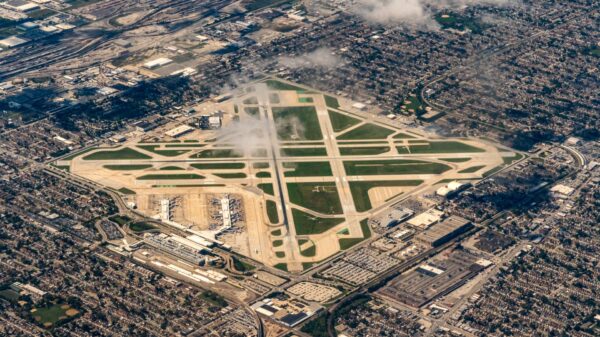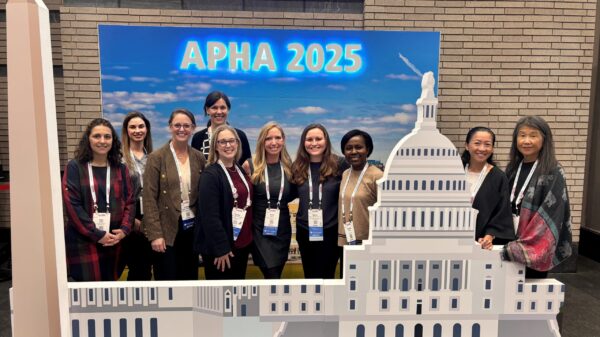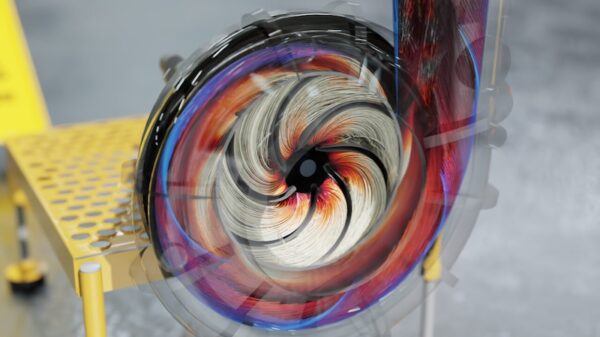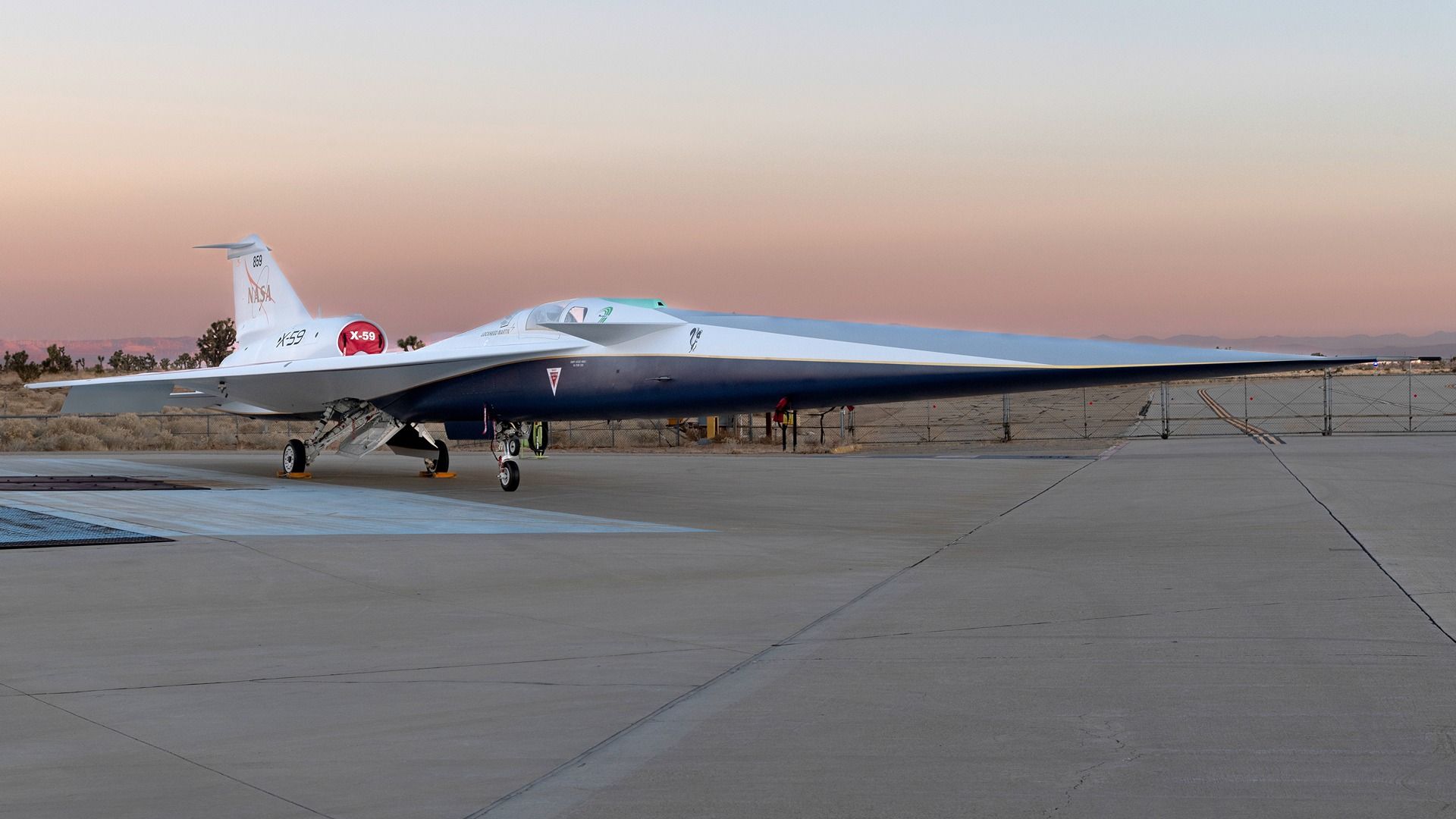The development of the X-59 QueSST, NASA’s new supersonic aircraft, marks a significant step toward revolutionizing air travel. Designed to fly faster than the speed of sound without producing disruptive sonic booms, this innovative project aims to address the challenges that have long hindered the return of supersonic commercial flight.
The X-59 QueSST, which stands for Quiet SuperSonic Technology, was initiated in response to the limitations experienced by the Concorde, the last commercial supersonic airliner, which was retired in 2003. Its distinctive shape, including a 30-foot elongated nose, helps to minimize the pressure waves that create sonic booms. With a length of 99.7 feet, the aircraft is designed to generate a “low-boom signature,” enabling it to fly over land without causing disturbances to communities below.
Innovative Design and Development
Lockheed Martin’s Skunk Works division, known for its advanced aeronautics research, is responsible for the design of the X-59. With decades of expertise in high-speed aircraft, the team utilized modern computational design and wind-tunnel testing techniques, which were not available during the Concorde’s development in the 1960s. This collaboration with NASA and the Federal Aviation Administration (FAA) began with exploratory studies to mitigate sonic booms, leading to the X-59’s construction.
Scheduled for its first flight tests at Edwards Air Force Base in March 2024, the X-59 is equipped with a single GE F414 engine, similar to those used in the F-18 fighter jet. Its unique aerodynamic features, including a steeply swept wing and an advanced eXternal Vision System for pilot visibility, contribute to its ambitious goal of flying at altitudes between 55,000 and 60,000 feet while minimizing noise pollution.
NASA’s research involves extensive public consultation, with surveys conducted from Flint, Michigan to Galveston, Texas. The resulting data indicates that communities are receptive to aircraft noise levels below 75 perceived-level decibels (PLdB), a threshold that the X-59 aims to meet. This threshold is nearly 90% quieter than the sounds produced by the Concorde, which faced considerable public backlash due to its disruptive sonic booms.
Potential Impact on the Aviation Industry
The successful development of the X-59 could pave the way for the next generation of supersonic commercial airliners. Boom Supersonic, a company closely monitoring the X-59’s progress, is already planning its own supersonic airliner, the Overture, which aims to carry between 60 and 80 passengers using sustainable aviation fuel. With a cruising speed of Mach 1.7 and a range of 4,250 nautical miles, Overture seeks to capitalize on the advancements made by the X-59.
As the X-59 program progresses, NASA intends to collaborate with the FAA and the International Civil Aviation Organization (ICAO) to develop new regulatory frameworks for supersonic flight. This could enable the establishment of overland routes that were previously off-limits due to noise concerns, transforming the commercial aviation landscape.
The X-59 QueSST represents not just a technological milestone but a potential revival of the allure of supersonic travel. If successful, it could lead to a future where air travel is faster, quieter, and more accessible, rekindling the excitement that once surrounded supersonic flight. The aviation industry is watching closely as NASA prepares to ignite a new era in air travel, with the first flight of the X-59 set for May 2025, marking a pivotal moment in the quest for quiet supersonic transport.




































































